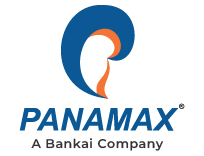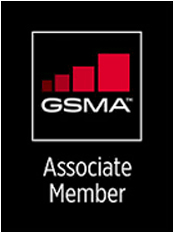We've all seen the iconic black-and-white square design of a QR code. The widespread use of smartphones and access to high-speed internet has resulted in the widespread use of QR codes. That's why we see it almost everywhere, whether for shopping, movies, or advertisements.
QR code payment is widely regarded as the biggest failure in recent payment history. It was released to great fanfare and was quickly dismissed as extreme and meaningless by consumers and merchants alike, but for the wrong reasons. And, as you'll see shortly, QR codes are experiencing a well-deserved revolution, and merchants should be aware of why.
Understanding QR Code in Detail
The full form of QR is Quick Response, and it is a type of contactless payment in which a user scans a "quick response" code from their phone's app, which functions similarly to a barcode. QR payments avoid much of the clunkiness associated with traditional payment systems. All a customer must do is scan their QR code, verify the amount requested, and then pay. It's simple for a customer, and QR codes can be used for both marketing and strict payment.
In 2020, 1.5 billion individuals utilized QR codes to make a payment, with usage skyrocketing during the Covid-19 pandemic. According to Juniper Research, QR codes will be used by up to 30% of all mobile users by 2025. They're even more popular in China, where QR code payments have been around since 2010 and now account for one-third of all payments. In terms of QR code sales, this equates to USD $1.65 trillion.
How does a QR Code Payment Works?
QR codes typically generate a pixel pattern, with each segment comprising a piece of information. In the scenario of digital payments, the data can include merchant information, transaction details, and so on. QR code patterns (horizontal and vertical black patterns on a white background) are decoded by software and transformed into character strings when scanned. QR codes (for payment acceptance) typically carry transaction-related commands.
Merchants can start generating QR codes for their businesses, as well as for each fixed or variable amount. The QR code is generated in response to this command. Either it opens a payment link, confirms payment, or performs any other specified operation. The customer simply scans it and then transfers the payment.
One of the following is required to process a QR code
- Smartphone or tablet with an integrated camera
- QR code scanner barcode reader
As long as your iPhone or Android smartphone is running the most recent iOS or Android software, you can scan QR codes immediately from the main camera app. Just spot the camera at the QR code, and it will recognize it and open a push notification requiring you to tap it to complete the relevant operation.
QR code payments are dynamic, quick, secure, and sanitary. Traditional cash-based businesses, such as taxis, can now accept mobile wallet and card payments thanks to QR codes. Huge organizations with a huge number of employees can now easily accept payments on the go.
Let’s see 2 types of QR Code
- Static QR Code
- Dynamic QR Code
Static QR Code
The URL of the actual destination website is directly placed in the QR code in this type of QR code. The content of these QR codes cannot be changed. These are not trackable; however, they can be fixed by adding the URL.
Static QR codes are used in a variety of industries, including delivery, in-home services, in-store retail, taxi drivers, and street vendors, to facilitate quick and simple payments. In all of this, a user only needs to scan the QR code to make payments without any hassles.
Dynamic QR Code
The dynamic QR code can be customized. Access management, scan analysis, password protection, and device-based redirection are among the additional features. With dynamic QR codes, you can also learn about the amount of people who scanned the code, the type of device they used to scan it, the scanner's location, and so on.
Merchants are increasingly using dynamic QR codes to convey both the purchase amount and the merchant information. Because of this feature, the user only needs to accept the transaction in their application. Furthermore, it implies that the one who transmits the QR code has greater control over the payment amount.
In the situation of the static QR code, the customer had to enter the purchase amount, which was then carefully verified by the merchant. However, by eliminating all those factors, the dynamic QR code provides a better payment experience for both users and merchants.
The Advantages of Using QR Codes
The QR code had many advantages that will help you reach out to all of your prospective clients.
Payments are made instantly
One of the most inherent benefits of just using QR codes is that it allows for immediate payment. When compared to other modes of payment, paying with QR codes is extremely fast. To process the payment, a user only needs to open the QR code scanning application, scan the QR code, and confirm. The payments are made in a matter of seconds.
High-quality Security
Paying the bill with QR codes is extremely safe. It's because the QR code is nothing more than a tool for exchanging data. Any data transmitted via QR codes are encrypted, making the payment foolproof and secure.
Call-to-action Feature
As a call to action, QR codes can be linked to trailers, instructional videos, audio commentary, or other media. Why not connect your QR code to an 'Email us' or 'Call us' message, so that scanning the code automatically emails or calls you? This is an excellent way to introduce a new brand or a promotional offer - for e.g., when customers scan the code, they will receive a discount. To receive a discount, you can even link the QR code to your landing page, where a contact form is filled out (lead generation for you).
Simple to set up
It is extremely simple to set up QR code payments. You don't require much infrastructure. You only require a smartphone having a camera and a QR code, which can be printed or electronic. The use of QR codes for payments also eliminates the need for a point-of-sale machine or any other special payment equipment.
Top Use Cases of QR Code Payments
Fuel Retailers
Fuel retailers may also utilize QR codes to make payments easier for their customers. Fuel retail wallet solutions permit users to fill up their cars by simply entering the amount of fuel into the application. These applications include a variety of payment options, including QR code scanning.
Micro-business
QR codes are also used for payments by micro-businesses with a limited product offering. The merchant generates both the invoice and the QR code at this point. He then shows the QR code on the smartphone's screen. To complete the transaction, the customer must use their mobile wallet application to scan the merchant's generated QR code.
E-ticket Buying
QR codes can also be used in the purchase of electronic tickets. The E-ticket booking application allows users to book buses, flights, trains, movies, amusement parks, and other tickets with a few clicks on their phone. QR code payment is one of the payment options available in these apps.
Payments for Parking
In a parking payment solution, QR codes can be used as a mode of payment. A parking payment solution enables its user to search for and reserve a parking space via a mobile application. Once the parking space has been reserved, the user can pay by scanning the QR code located at the parking garage.
Street Vendors
Street vendors with a limited selection of goods frequently use QR codes. They simply print a QR code for each of their products, which includes the product's description and price. To purchase any product, the user must scan the QR code and confirm payment.
SMEs (Small and Medium-Range Businesses)
The merchant prints QR codes for each of his vendors that indicate the location of the cash register and other details. The customer must scan the vendor's QR code to make the payment. From the cash register, the vendor sends the receipt to the customer's smartphone. Finally, the customer authorizes the transaction.
Wrapping Up
That should cover all your questions about QR codes. Unless you work in the transportation industry, QR codes will never be your primary transaction source, but there are clearly many reasons to incorporate them into your payment ecosystem.
Related Blogs
Fintech Spotlight: What’s the Buzz Around BNPL?
Future-proof Your Payments with Cloud


















